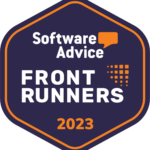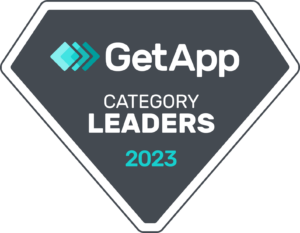Whether you're producing a magazine, managing sponsored content, or coordinating editorial workflows, the Delivery tools in MediaOS bring everything into one place. With built-in pipelines, scheduling, assignments, and layout planning, your team can streamline the entire production process—from first pitch to final publication—without juggling disconnected tools or spreadsheets.
Delivery in MediaOS: Four Key Areas #
The Delivery module in MediaOS focuses on four major components that support both editorial and advertising workflows. These include line items and design orders, where you manage creative tied to ad bookings; the Design Suite, which lets you set up and assign artwork tasks; the Flat Plan, used to organize content and ad placements in a print layout; and the Ad Server, which automates the delivery of digital ads across websites and newsletters.
Creating an Article Board (Content Pipeline) #
To manage editorial content like articles or sponsored content, you can build a Content Pipeline using a Kanban-style board. Navigate to the Delivery tab and select Content. From here, click the Automation tab on the left menu, choose Pipelines, and select Content to view or create new pipelines. Click + New Pipeline to start building your board and assign a name to the pipeline.
Next, begin adding your workflow stages—such as Story Pitch, Assigned, Ready for Review, Needs Revisions, and Approved—by clicking + Add Pipeline Status. Choose a label and color for each status and click Save. Once your statuses are in place, click + New Content in the top-right corner to start adding articles to your board. These pipeline stages help visualize where each piece of content stands and can be paired with automations to trigger alerts or next steps.
Note: For more advanced delivery automations, see the article on Tying Automations to Pipeline Statuses.
Customizing the Content Process #
When setting up content records, you can define how many pages each article will take up in your publication. This page count integrates directly with the Flat Plan, helping you manage layout space without needing to calculate placements manually. You can also assign articles to internal or external contributors and connect them to related ad bookings.
Assigning Tasks to Internal Writers #
To assign an article to an internal writer, navigate to the Content view under the Delivery tab. Click on the article to open its pop-up panel. In the Assigned To field, select the internal team member responsible for writing the piece. The selected user will automatically receive a notification in MediaOS, and the task will appear in their Today tab.
Connecting Content to Advertisers, Line Items, or Products #
If a piece of content is tied to an advertiser—for example, a sponsored profile or branded feature—you can associate that content with a line item or product. In the Content view, click on the article and scroll to the Content With section. From there, use the dropdown to select the advertiser, product, or campaign it should be linked to. Click Update to save the connection.
Navigating Article Options and Uploading Files #
Within the article pop-up panel, you’ll find several options to manage the content. Scroll to the Files section and click Upload File. You can choose to upload from your local device or connect a document from Google Drive. This keeps all article drafts and related assets stored directly in MediaOS for easy access.
Assigning Articles to Freelancers #
Freelancer assignments are managed from the Freelancer Assignments section within the article pop-up. Here, you can assign a task to an external writer or photographer. There is no additional charge to use this feature, and it’s designed to support full communication, assignment delivery, and approval workflows with freelancers. For more on this feature, see the article on Managing Freelancers in MediaOS.
Using the Article Activity Feed #
At the bottom of every article pop-up is the Activity Feed, which tracks all updates, comments, and collaboration tied to the article. Use the + button to add a Note, create a Task, or start a Discussion. You can tag teammates using @mentions, assign writing or editing tasks, and view a complete timestamped history of every update. To find specific notes or conversations, use the search bar above the feed options.
Creating a Content/Production Manager #
To visualize your editorial schedule, go to the Content section under the Delivery tab and click Calendar in the top-right corner. Articles with assigned due dates will appear on this calendar automatically. You can switch between Month or Week views using the buttons at the top. Even articles tied to specific advertisers—such as sponsored features—will appear on this calendar. Hovering over a content item reveals additional details such as writer, status, and advertiser.
Connecting Content to a Flat Plan Layout #
MediaOS’ Flat Plan is a visual layout tool that allows you to place content and ads into your print issue design. Because your article records already contain page count and placement details, the flat plan automatically reflects these values, creating an all-in-one solution for planning and production.






